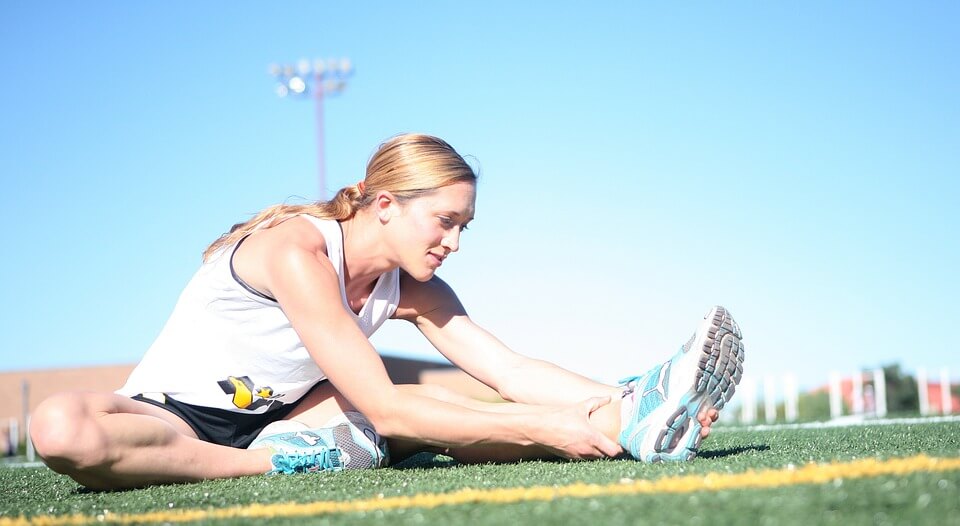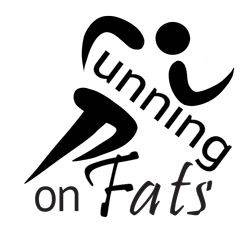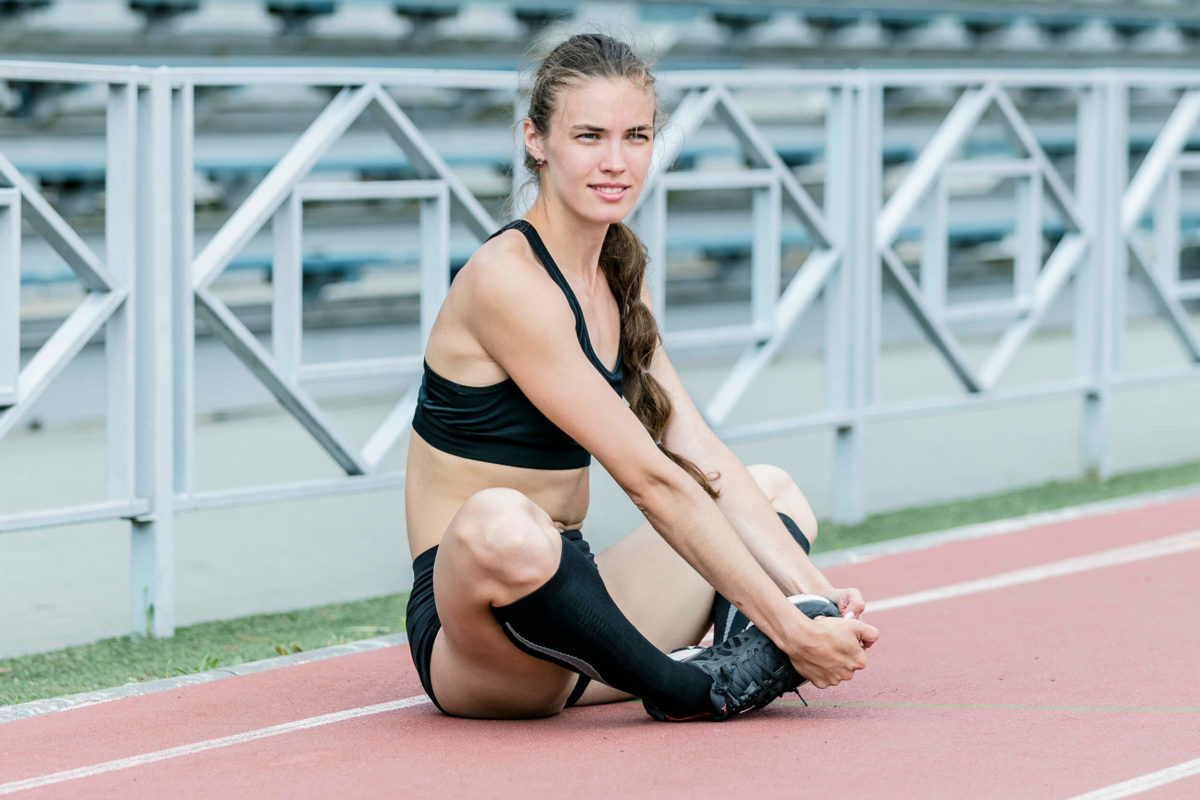INTRODUCTION
Becoming a fat adapted runner was an easy decision to make once I became aware of the myriad of associated benefits. The next step was to start Investigating what other athletes were doing with their low carb high fat (“LCHF”) nutrition plans. Then I needed to figure out how I was going to implement these plans into my own training regime.
There are a multitude of endurance athletes who have switched over to Low Carb High Fat and Ketogenic diets. I decided I would find someone who had both competed and coached athletes in endurance events at the top level. This is where I happened across Ben Greenfield. Not only has Ben competed and coached, but he is also an experienced sports nutritionist and exercise physiologist to boot!. In fact, Greenfield was heralded as one of the World’s top 100 most influential people in health and fitness in 2013 and 2014. Greenfield’s book, ‘The Low Carb Athlete: The Official Low-Carbohydrate Nutrition Guide’ became my nutrition bible for running. It started me on the path to becoming fat adapted.

How the Cycling Low-Carb Diet and Carb Re-Feeding Day Regime Works
Greenfield believes that cabohydrates should not be completely removed from the diet. Especially when a runner may have to endure periods of high-intensity exercise or undergo high mileage. So, Greenfield recommends a Cycling Low-Carb Diet (or Cycling Ketosis) for six days a week and a Carb Re-Feeding Day to essentially refill your depleted glycogen storage.
Greenfield recommends a Low Carb High Fat diet based on about 50-60% fat, 20-30% protein and 20-30% carbs. He believes that this is all that is required to become fat adapted. The timing of when to take the carbs (see below) is very important. Once fat adapted, you immediately have less inflammation, and stay leaner.
My Decision
So, in May 2016 I decided to do a number of things:
- Cut down on the sugars – bread, sugary cereals, rice, pasta and potatoes.
- Train my body to use fats for energy rather than rely on carbs.
Timing of Carb Consumption
To help become fat adapted, the best time to take the carbs is at the end of the day – preferably 1-3 hours after a workout.
Following Greenfield’s advice, I removed bread, cereal (except for a handful of oats), potatoes (except for a small amount of sweet potatoes), and I cut down on my rice and pasta.
Breakfast
My typical breakfast would consist of scrambled eggs and a small bowl of blueberries and almonds covered with full fat yogurt and sprinkled with cinnamon. Yum!
Lunch
Lunch would include nuts, hard cheese, avocado, tomatoes, eggs and a carrot. Sometimes, I would also add some salmon or tuna. Quick to prepare and eat! And on occasion, I’d chuck in a few pieces of dark (90% Cocoa) chocolate (low in sugar). I would eat these foods at lunch or for a snack later on, as this helps satiate, so you don’t feel hungry.
Dinner
A typical dinner would consist of mostly non-starchy vegetables, such as broccoli and cauliflower, carrots, spinach, mushrooms, and capsicum. Protein would come from food items such as fish, seafood (prawns and scallops) and eggs. Because I was following Greenfield’s advice at this stage, I was also including a small amount of rice or pasta. This was to boost my glycogen stores for additional fuel for my workouts. Of course, there are a myriad of paleo/keto options for pizzas, pies and desserts that are low carb too!
Effect on my body and training
I found the first three to four weeks quite difficult, because of the hunger and the sugar cravings. Most of these times of ‘struggle’ were during the mid afternoon. However, over time, the feeling of hunger and the sugar cravings, subsided. The same applied to my morning training sessions. At first, I found that it was more difficult to maintain the same intensity of effort during speed and hill work than when I was relying on carbs for fuel. Again over a period of three to five weeks, my energy levels and intensity increased to normal without the carbs.
The great thing about this new regime, was that during my mid-week long runs, I didn’t feel I needed to resort to my carb/electrolyte supplements like I had in the past!

Intermittent Fasting and Carb Refeed Day on Sunday
My goal was to become increasingly fat adapted. In other words, I wanted to reach the point where I could readily utilise my fat stores for energy during my long endurance runs and, ultimately, marathons. Intermittent fasting is a good way of depleting your glycogen stores, which forces your body to switch to fats for energy. So, my plan was to start fasting after dinner on a Saturday night, until after my long Sunday run. I would then begin eating again some time during the late morning or around lunchtime. This meant that I would have fasted for approximately 16 hours.
Skipping breakfast and avoiding taking carb/electrolyte supplements during my long run of up to 38 kms meant that I would deplete my glycogen storage more quickly and be forced to switch to burning fats for energy.
Again, following Greenfield’s advice, I decided to increase my carbohydrates (Carb Cycling) on Sunday afternoons to replace my carbohydrate stores. My thinking was that this was necessary if I was going to continue with a high volume of running, as well as running at a higher intensity. So, I would eat some starchy carbohydrates like potatoes, pizza, bread etc and basically increase my sugars that way.

Effect On My Body and Training
When training for a marathon, my long slow runs would normally start at about 1.5 hours and increase to approximately 3.15 hours. I put an electroylete/carb supplement in my pocket, just in case!
At first, it felt odd beginning my long runs with no food in my system. Energy levels were fine for the shorter runs of 1.5 hours. However, when my running time increased, I felt my energy levels declining and experienced sugar cravings. Nevertheless, I pushed through without resorting to any supplements. About three weeks later, I was running 2 hours 30 minutes (30 kms). This time, I gave into the discomfort (sugar cravings and dead legs) and took a supplement at 2 hour 10 mins to get me through. Gutted!
In the weeks that followed, I found that I was able to delay the supplement intake more and more. After a period of seven weeks, I didn’t need supplements at all – even when running my longest time of 3 hours and 10 minutes (38 km)! My body had, therefore, become fat adapted! I was finding it easier to switch from glycogen to fats for energy. Hopefully, this was going to be a secret weapon when it came to my next marathon!
A few weeks later came the ultimate test – my first marathon after training on a low carb diet!



So how did you do???? Did you crush the marathon?? Did you have to take carb/ electrolyte supplements during the race? Man, you can’t end the story like that- we need to hear about the results from all the effort put forth
Sorry. You wouldn’t believe my life over the last few years! Anyway, did I crush it? I can’t remember which marathon that was Jonathan. But, Rotorua Marathon – I had no breakfast, or supplements and was a 3h.15min pack leader. That wen’t pretty well. I felt a little jaded at the end. Probably needed more glycogen in my body.